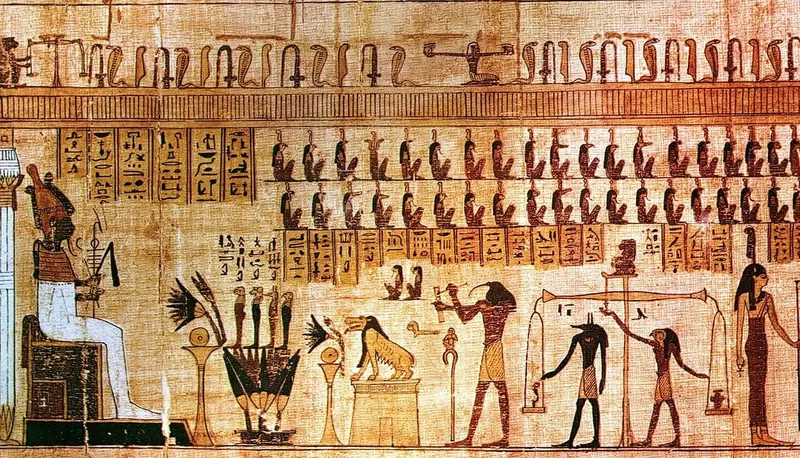
Ancient Egyptian scribes exhibited degenerative joint changes, hip damage, jaw issues, and problems with their thumbs. They suffered from back pain and vision problems. These ailments are also common among today’s “white-collar” workers.
This was revealed by a team of researchers from leading scientific institutions in the Czech Republic. The experts studied the remains of 69 adult men buried in the Abusir necropolis (Egypt) between 2700 and 2180 BC. Of these, 30 were scribes. Compared to other men interred there, these ancient office workers shared a similar set of ailments.
“Our research aimed to identify the occupational risk factors associated with the profession of a scribe in Ancient Egypt,” said Petra Brukner Havelková, the lead author of the study from the National Museum in Prague. She added that the team’s work could also aid in identifying scribes among skeletons of individuals whose titles and professions are unknown.
What Scientists Discovered
Since only one percent of the population in Ancient Egypt could read and write, individuals in this profession held a high social status and performed crucial administrative tasks.
Veronika Dulikova, a co-author of the study from Charles University in Prague, noted that scribes began their careers as teenagers and often worked for decades.
However, this labor took a toll on their health, as reported by The Guardian. Scribes suffered from osteoarthritis in the joints between the lower jaw and skull, as well as in the right clavicle, right shoulder, right thumb, right knee, and spine (particularly in the neck area).
The team also found signs of physical strain on the humerus and left pelvic bone, along with indentations in the kneecaps. All of this aligns with the typical postures of scribes: they usually worked with crossed legs and hunched backs, their hands lacked support, and their heads leaned forward, placing significant stress on their spines.
Changes around the jaw may also have been linked to these postures, as well as the habit of chewing on the tip of a reed pen. The team also suggested that scribes frequently suffered from headaches.
The findings of the study were published in the journal Scientific Reports.
